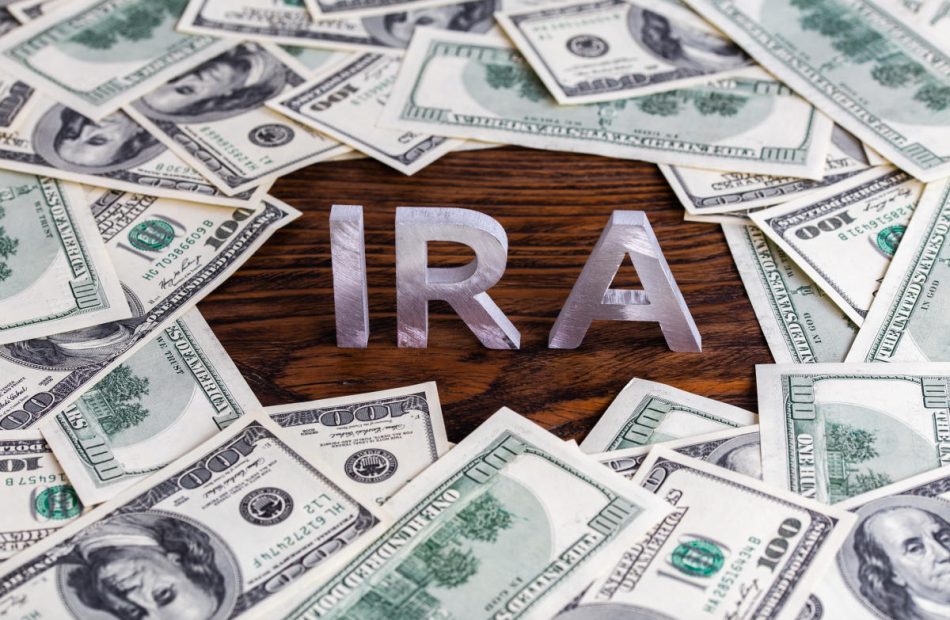The post-'stretch' home stretch for Roth IRA conversions
The days of the individual retirement account “stretch” are long gone. But the appeal of Roth conversions is enduring — especially under the current tax rates.
Expiring provisions of the Tax Cuts and Jobs Act at the end of 2025 that mean lower taxes on the conversion, the fact that Roth IRAs carry no required minimum distributions and, of course, the duty-free withdrawals for the owner or their heirs add up to a compelling case, according to Sarah Brenner, the director of retirement education with consulting firm Ed Slott & Company. The first Secure Act was a “game-changer for IRAs and Roth IRAs” due to the new obligation for beneficiaries to empty the accounts within a decade of inheritance, and Secure 2.0 “made some changes around the edges,” she said in an interview.
The situation for traditional IRA owners is “kind of like ripping off a Band-Aid,” in which they should just “get the pain over with,” Brenner said, pointing out that clients often have a misconception that “you’ve got to do it all” even though “it’s not all-or-nothing” because they could simply do a partial conversion as well.
“The Secure Act changed the game, and it has definitely led to, I would say, an even stronger case for Roth conversions,” she added. “You work with the rules you have, and you have a 10-year rule.”
READ MORE: Final IRS rules to IRA beneficiaries: Get going on those RMDs already
After four straight years of pushing back the implementation of that rule, the IRS has indicated that it will be going into effect at the beginning of 2025. Next year was already going to turn into one of the most consequential for tax policy in recent decades because of the possible sunset of the lower tax brackets and many other parts of the Tax Cuts and Jobs Act that will be high on the agenda for the next occupant of the White House and lawmakers in control of Congress.
Tax experts have been extolling the continued virtues of Roth conversions since passage of the first Secure Act in 2019.
“Though considerations around Roth IRA conversions have changed as a result of the Secure Act, Roth IRAs still offer advantages to account owners and beneficiaries,” certified public accountant and planner Joseph Doerrer wrote the following year in the Journal of Accountancy. “Roth IRAs are tax advantaged, and owners of Roth IRAs aren’t required to take RMDs. This can prove helpful in retirement, as it allows a larger amount of assets to remain in the account. Not having to take RMDs can also help account owners avoid creating unwanted taxable income, giving them more flexibility in retirement. Beneficiaries will enjoy a simpler tax situation, versus beneficiaries of traditional IRAs, due to the tax-free nature of their distributions from the account.”





Leave a Reply